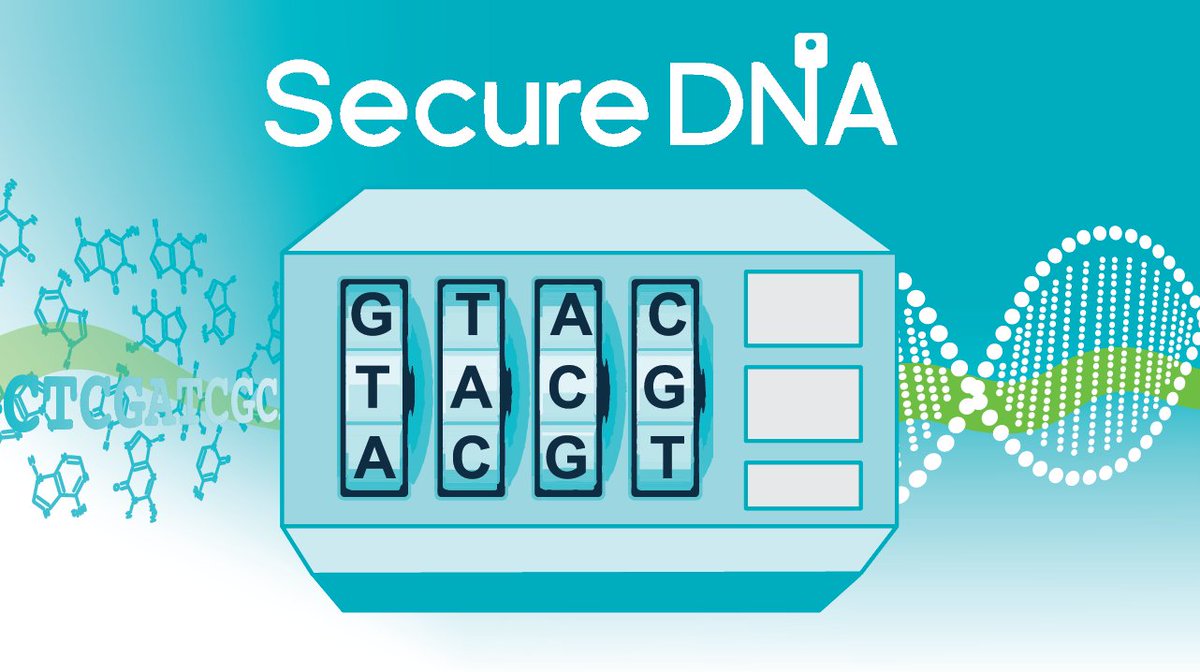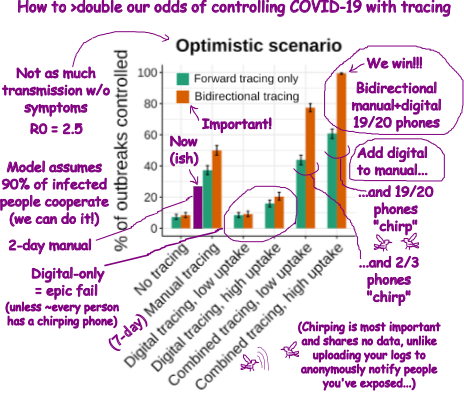
How to get URL link on X (Twitter) App


 The Base model refused all obviously malicious prompts. The Spicy model, which we estimate cost a private individual ~$200 to fine-tune, happily walked some participants almost all the way through the process. 2/7
The Base model refused all obviously malicious prompts. The Spicy model, which we estimate cost a private individual ~$200 to fine-tune, happily walked some participants almost all the way through the process. 2/7 

 Leo Szilārd wrote: "science, which has created the bomb and confronted the world with a problem, has no solution to offer to this problem."
Leo Szilārd wrote: "science, which has created the bomb and confronted the world with a problem, has no solution to offer to this problem." 

 Today we speculated on typical human well-being over time, agreeing that it's near a high today, why it dipped in the past, & what we can learn. The dawn of agriculture + associated inequality, leaded gas, and social media were downvoted.
Today we speculated on typical human well-being over time, agreeing that it's near a high today, why it dipped in the past, & what we can learn. The dawn of agriculture + associated inequality, leaded gas, and social media were downvoted.

https://twitter.com/R_H_Ebright/status/1450947395508858880Menachery 2015 found that the SHC014 spike "can efficiently use multiple orthologs of the SARS receptor (ACE2), replicate efficiently in primary human airway cells and achieve in vitro titers equivalent to epidemic strains of SARS-CoV." 2/9

https://twitter.com/kesvelt/status/1435974575196712964@kmvnarayan14, Curran, Foege, and many others have suggested solutions, including a politics-resistant Federal Reserve model for pandemic preparedness and an independent advisory board to call out failures in real-time. 2/
https://twitter.com/kesvelt/status/1435974575196712964First, the elephant in the room: there currently isn’t enough evidence to determine the origin of SARS-CoV-2. It’s widely acknowledged that the pandemic might have arisen from a natural spillover, a virus hunter getting infected, or a lab escape. 2/

 Today, it’s all too easy to make nasty things from synthetic DNA, as only members of the International Gene Synthesis consortium (~80% of all DNA) voluntarily check orders for hazards. It’s expensive and requires human experts. 2/7
Today, it’s all too easy to make nasty things from synthetic DNA, as only members of the International Gene Synthesis consortium (~80% of all DNA) voluntarily check orders for hazards. It’s expensive and requires human experts. 2/7
https://twitter.com/kesvelt/status/1435974575196712964IV Building Core Capabilities

https://twitter.com/kesvelt/status/1435974575196712964If a pandemic is like a forest fire, pharmaceutical treatments are the chemical fire suppressants, while public health measures the prophylactic firebreaks, controlled burns, brush-clearing, etc that keep it from spreading 2/

 This is one of those documents that clearly reflects a great deal of planning, most of which isn’t detailed in its 27 pages. Given the length, I’ll go through each section in a series of threads over the next few days. 2/
This is one of those documents that clearly reflects a great deal of planning, most of which isn’t detailed in its 27 pages. Given the length, I’ll go through each section in a series of threads over the next few days. 2/

 All catastrophic bio-threats grow exponentially
All catastrophic bio-threats grow exponentially

 Tl;dr: We need bidirectional tracing to find infectors and undiagnosed carriers, and almost everyone’s smartphones should “chirp”. Combined = we win… in the optimistic scenario. Else add masks or distancing.
Tl;dr: We need bidirectional tracing to find infectors and undiagnosed carriers, and almost everyone’s smartphones should “chirp”. Combined = we win… in the optimistic scenario. Else add masks or distancing.